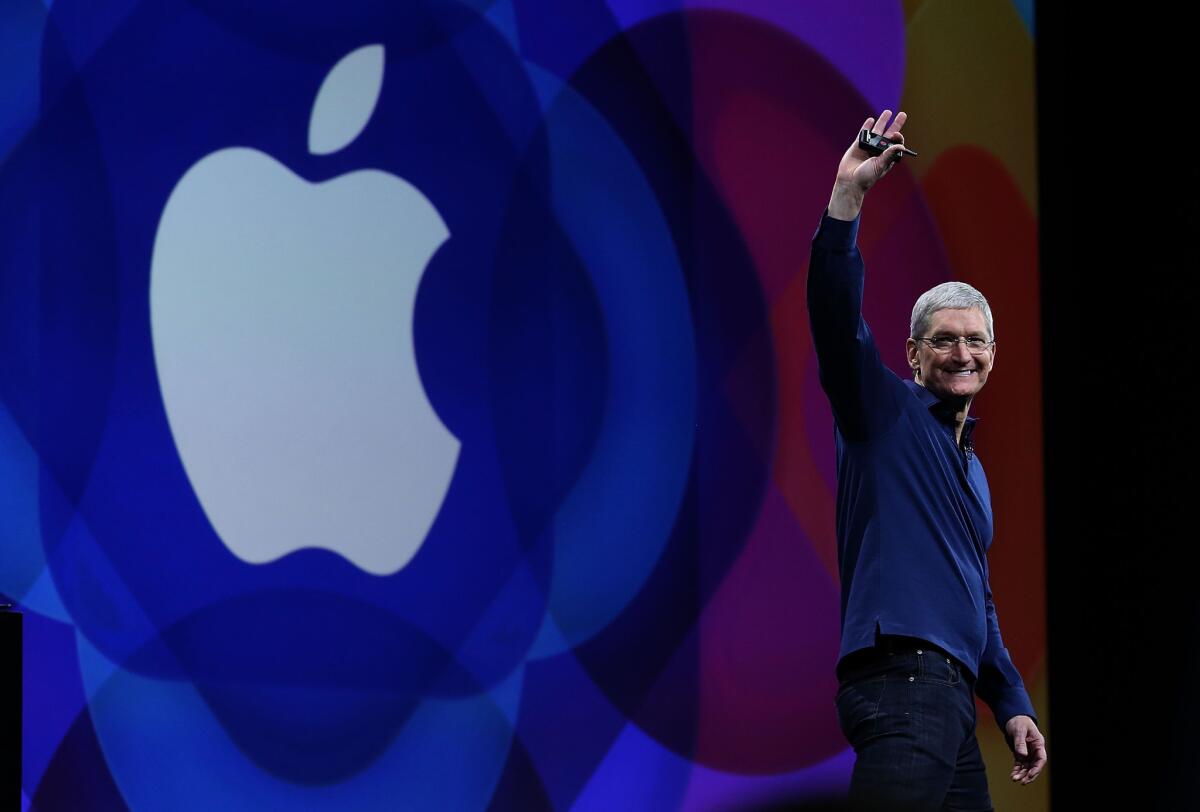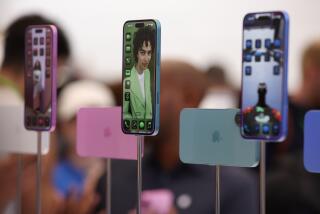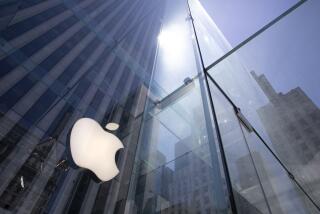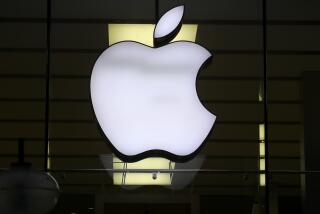Apple launches the 5G era with new iPhone

Apple Inc. unveiled its latest range of iPhones, a product line that Wall Street expects will kick off a new cycle of sales growth for the world’s largest technology company.
At a virtual event on Tuesday, the company showed off the iPhone 12 in black, red, blue, green and white with a 6.1-inch screen. It starts at $799. A smaller version, the iPhone 12 mini, costs $699. The phones have aluminum sides.
There’s also an iPhone 12 Pro, starting at $999 and a iPhone 12 Pro Max that costs at least $1,099, both with stainless steel edges. The Max has a 6.7-inch (17 cm) screen, Apple’s largest ever, while the regular Pro has a 6.1-inch display. They come in blue, gold, graphite or silver.
Apple shares slipped 2.7%, giving up some big gains from Monday ahead of the event.
The front of the phones looks similar to last year’s iPhone 11, but the edges are now flat instead of curved. They all support 5G, a new wireless standard that can transmit data as much as 10 times faster than the current 4G LTE technology.
The Cupertino, Calif.-based technology giant has generated relatively little sales growth from its marquee product in recent years as consumers hold onto their phones for longer. Quarterly revenue from this segment peaked in the first quarter of Apple’s 2018 fiscal year.
This year’s crop of new iPhones marks the first major redesign in three years, which could prompt more upgrades and a new spurt of growth. Investors and analysts are also bullish on sales in China, where 5G networks are more built-out than in the U.S.
“With our estimation that 350 million of 950 million iPhones worldwide are currently in the window of an upgrade opportunity, we believe this will translate into an unprecedented upgrade cycle for Apple,” said Dan Ives, an analyst at Wedbush Securities.
The handsets have a faster A14 processor and updated cameras and use sharper OLED screens, an improvement from last year’s cheaper LCD screens, Apple said. The company showcased major improvements to the iPhone 12 Pro Max cameras, including with video recording and zooming in during picture-taking.
The iPhone 12 and iPhone 12 Pro come out Oct. 23, while the iPhone 12 mini and iPhone 12 Pro Max arrive Nov. 13. The iPhone 12 for T-Mobile and Sprint, as well as a version not tied to a carrier, costs $30 more than the Verizon and AT&T versions. That means the 64 GB version can be $829, rather than $799.
The handsets also support a new magnetic version of wireless charging called MagSafe. That lets the phones magnetically attach to new charging pads from Apple and other providers. Apple will also offer several new cases to support the new charging system.
5G support makes the phones theoretically capable of downloading data much faster, although that will mostly depend on wireless carriers updating their networks. Apple’s 5G launch comes over a year after Samsung Electronics Co. and other rivals started selling handsets supporting the standard.
Apple said it tested 5G globally with 100 carriers. It added that the U.S. models will support the faster millimeter wave technology. Verizon Communications Inc. Chief Executive Hans Vestberg joined the event to announce nationwide 5G coverage in the U.S. and an expansion of its fastest, ultra wideband 5G service in several cities.
In the first quarter of this year, phone makers led by Samsung shipped 3.4 million 5G phones in the U.S., a fraction of the overall market, Strategy Analytics data show. In a few other countries, 5G has performed far better. A third of phone sales in China during the second quarter were 5G handsets, according to Counterpoint Research.
Tests by IHS Markit’s RootMetrics across 125 U.S. areas in the first half of 2020 showed that 5G speeds on AT&T Inc., T-Mobile US Inc. and Sprint are only slightly faster than 4G LTE. AT&T and T-Mobile, which bought Sprint, have both claimed their 5G networks are available “nationwide,” a metric that means they can reach 200 million people, but coverage is still often sporadic and data speeds are not consistently faster.
Apple didn’t include headphones or a charging adapter with the new iPhones, a move it said would be beneficial to the environment. It’s also a change that could help Apple save hundreds of millions of dollars over time and lift sales of AirPods.






